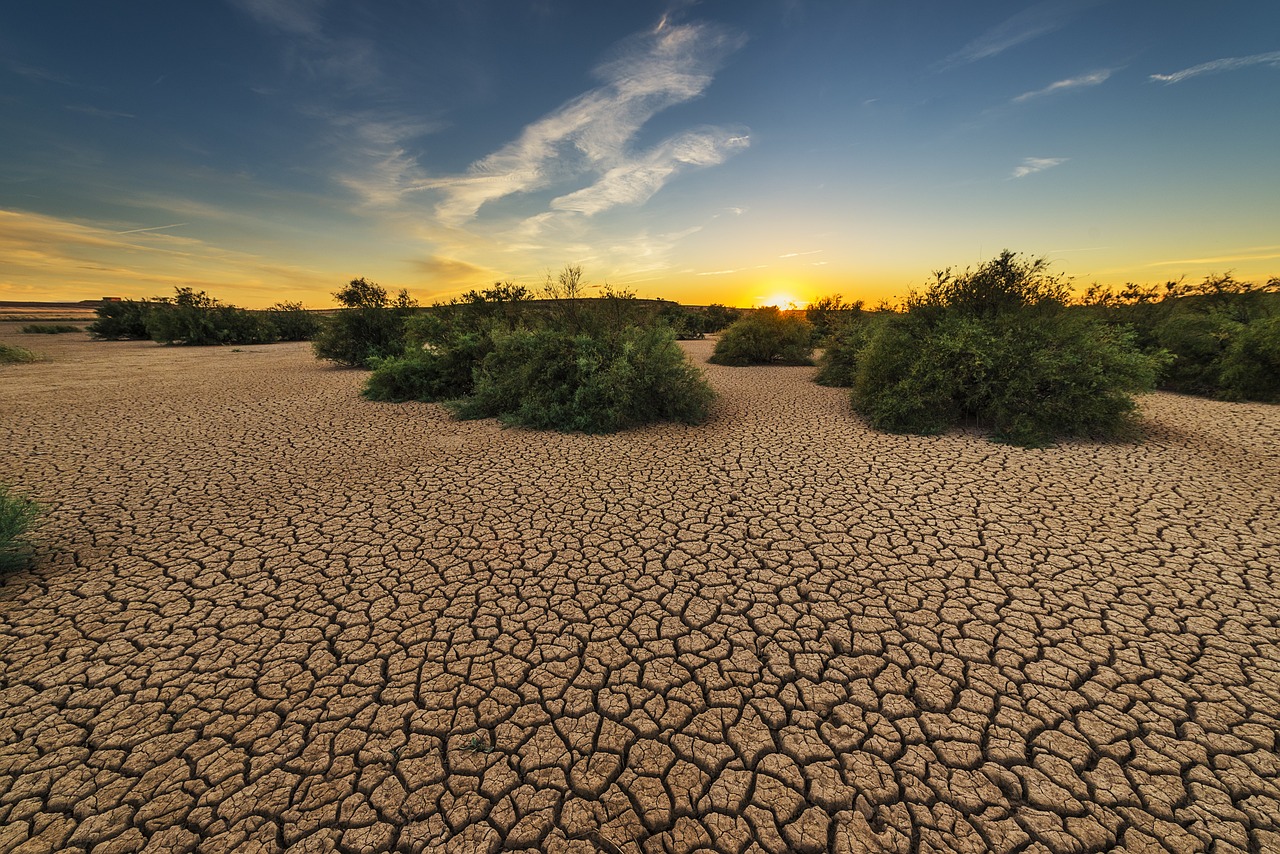Gaea: The Earth Goddess of Greek Mythology
Gaea, also known as Gaia, was the primordial deity representing the Earth in Greek mythology. As one of the first elemental gods, she emerged during the initial stages of creation. Revered as the universal mother, Gaea was the progenitor of numerous deities and beings: her union with Ouranos (the Sky) produced heavenly gods, the sea gods descended from her connection with Pontos (the Sea), while the Gigantes and various mortals were birthed from her very essence.
Gaea often found herself in opposition to the divine lineage of her own offspring. Her rebellion against Ouranos arose when he confined several of their giant sons within her womb. Later, as her son Kronos imprisoned these giants, Gaea allied with Zeus during his revolt against Kronos. However, conflict persisted between Gaea and Zeus, particularly following his binding of her Titan sons. In retribution, she spawned the Gigantes and the monstrous Typhoeus, aiming to dethrone Zeus, though these efforts proved unsuccessful.
In the ancient Greek view of the cosmos, Gaea was depicted as a flat disc encircled by the river Okeanos and enclosed by the dome of heaven above and Tartaros below. This Earth raised mountains and seas, symbolizing the nourishment she provided. Artistic representations often depicted Gaea as a voluptuous woman, inherently linked to the earth, adorned in greenery and often accompanied by symbols of fertility like the Karpoi (Fruits) and Horai (Seasons).
Gaea’s Family Tree
Gaea’s lineage is complex and varied:
- Parents: Some myths assert that she was born from Chaos, while others suggest that Hydros (Water) was her origin.
- Offspring:
- Primordial Deities: Including Ouranos and Pontos.
- Titans and Gigantes: Her children, such as Kronos and other Titans, along with the fearsome Gigantes.
- Sea Gods: Alongside Pontos, she birthed deities like Nereus and Phorkys.
- Rustic Gods: Gaea was also considered the mother to various rustic deities, the Kouretes, Daktyloi, and others that inferred her connection with nature.
The Role of Gaea in Ancient Texts
Gaea features prominently from ancient epic poetry to later mythological writings. In Hesiod’s “Theogony,” she is credited as the foundational entity from which all gods emerged. Homeric hymns also recognize her significance, portraying her as both a nurturer and a figure invoked in rituals.
Gaea’s legacy as she interacts with other gods demonstrates a multifaceted personality; she is a mother, nurturer, and sometimes an adversary. Her enduring influence extends through many aspects of Greek culture, emphasizing her embodiment of nature’s power and fertility.
Gaea’s Mythological Interactions with Other Gods
Gaea’s story intertwines with key figures of Greek mythology, notably:
- Ouranos (Uranus): Her consort, with whom she created multiple divine beings but later opposed due to his tyrannical rulings.
- Kronos: Her son who overthrew Ouranos, embodying the cycle of power and rebellion.
- Zeus: Her eventual adversary, whom she sought to challenge through her creations like Typhoeus and the Gigantes.
This complex engagement highlights the tension between divine order and chaotic rebellion, with Gaea at the heart of these conflicts.
The Art and Worship of Gaea
Gaea inspired a rich tradition of worship, with temples dedicated to her across ancient Greece, indicating her vital role in the pantheon. Artistic depictions manifested her as an Earth goddess, often accompanied by symbols of fertility and abundance, reinforcing her status among the Greeks.
The numerous temples and altars across places like Athens, Delphi, and Olympia accentuate her widespread veneration and significance in rituals aimed at ensuring bountiful harvests and favorable weather.
Ultimately, Gaea’s place in mythology encapsulates the essence of earth itself—providing life, love, and sometimes a fierce resistance against the gods of Olympus.



